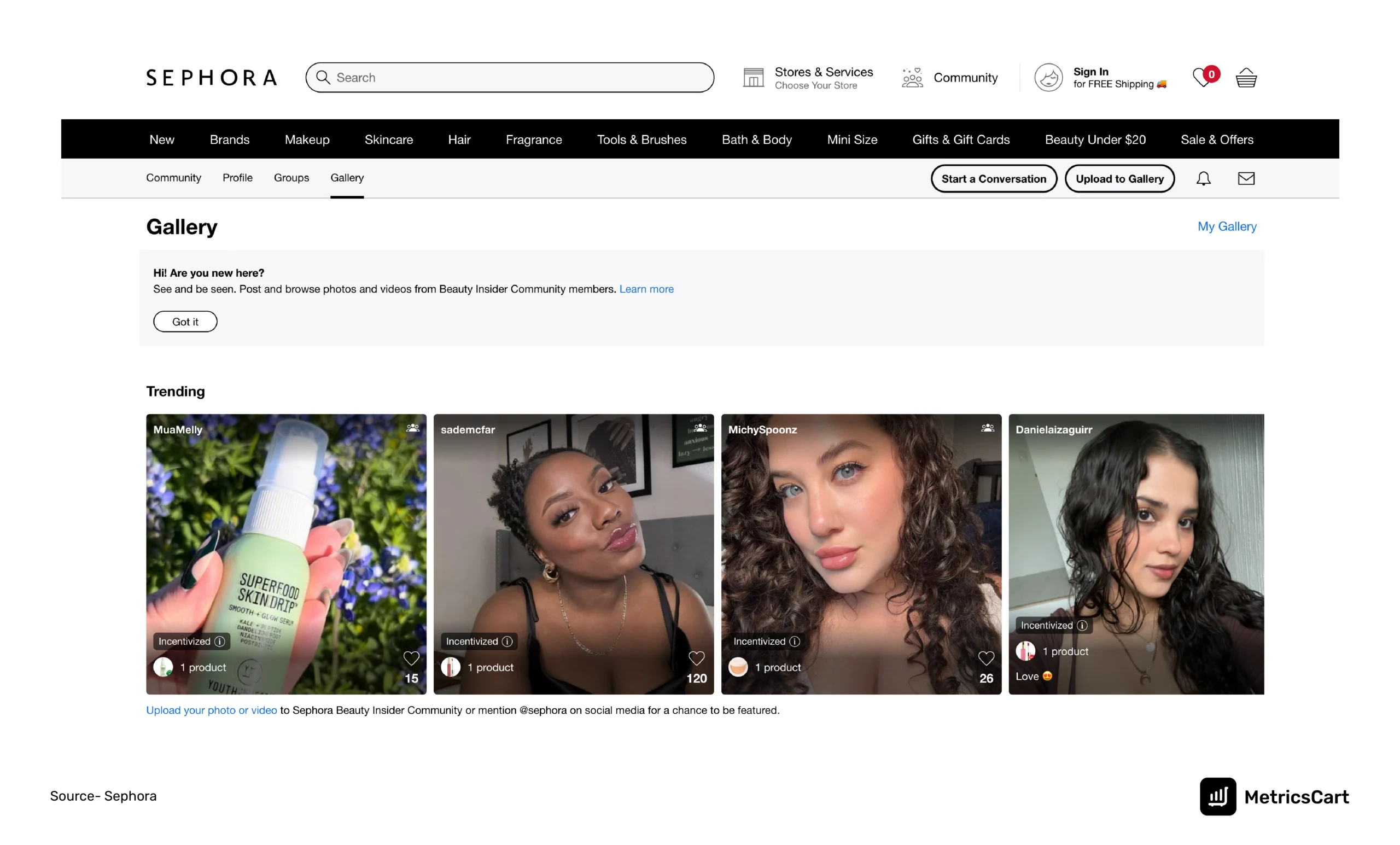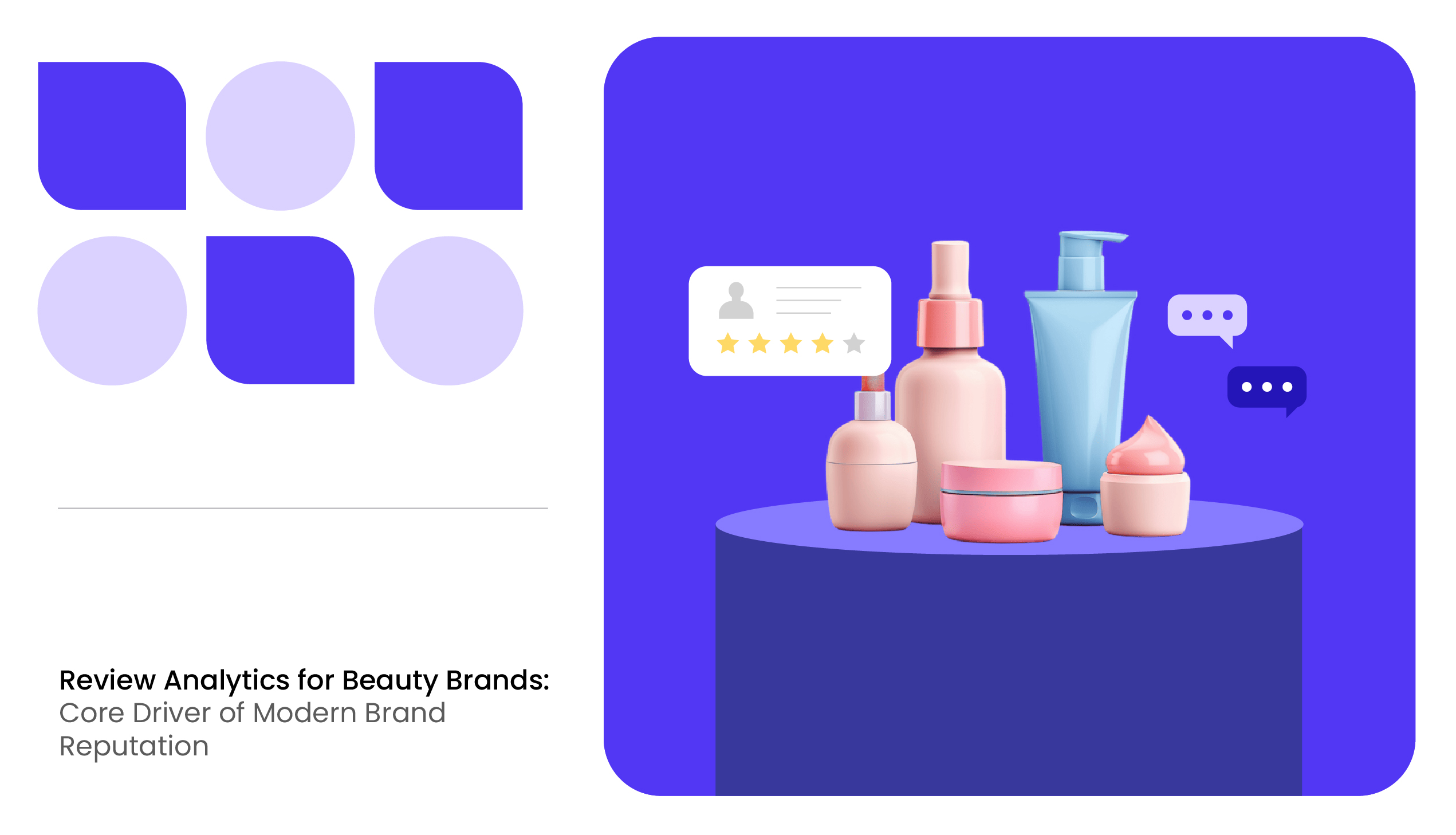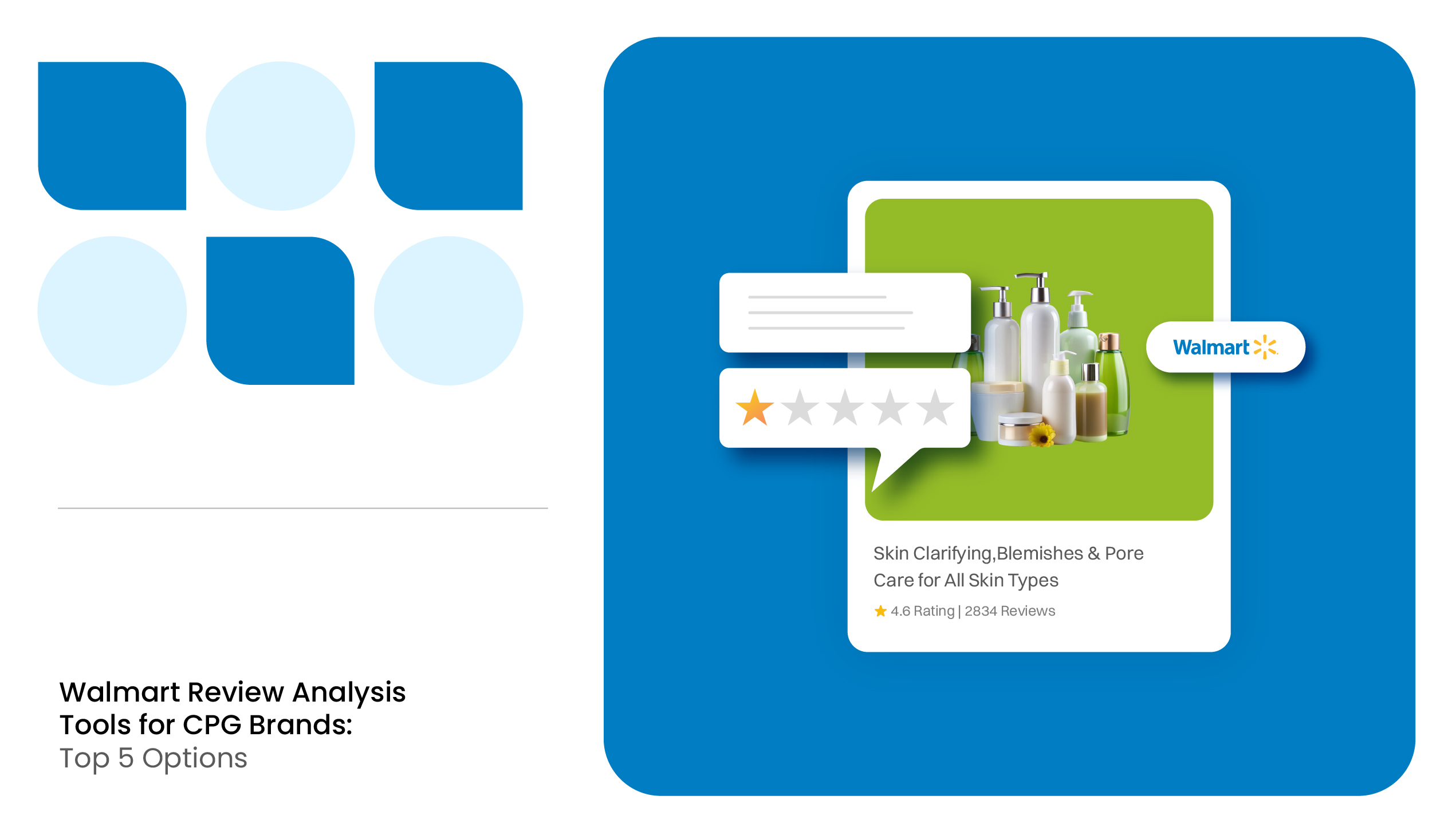We live in a world where people trust people way more than they trust brands. Here’s the reality: 97% of consumers read reviews before they even think about hitting “buy,” and 88% check out photos and videos from other people, not just from the brand. This isn’t just a trend; it’s a shift.
Consumers don’t want to hear from you – they want to hear from people like them.
User-generated content isn’t optional anymore; it’s the game. This makes review monitoring software a need of the hour. It helps you keep track of what people are saying and use those voices to drive sales and scale your business.
What is User-Generated Content (UGC)?
User-generated content refers to any form of content—text, videos, images, reviews—created by users rather than brands. This content serves as social proof and can significantly influence potential customers’ perceptions and buying behaviors.
Coca-Cola’s “#ShareACoke” campaign is a prime example of a successful UGC. By encouraging customers to share photos with personalized Coke bottles, Coca-Cola not only generated vast amounts of authentic content but also fostered a sense of community among consumers.
Types of User-Generated Content
Customer Reviews
Product reviews are a direct form of UGC in which customers provide feedback on their purchases. These reviews can be textual or include images and videos showcasing your product in use or how the customer received it from the brand. Positive reviews enhance credibility and can significantly influence potential buyers’ decisions.
Social Media Posts
Customers share their experiences with products through posts, photos, and videos on platforms like Instagram, Facebook, and Twitter. Your customers post about their experiences with your brand, share pictures of your products, or tag you in a post. This content often includes hashtags related to your brand, which can help track engagement and reach.
Forums and Discussion Boards
Forums and discussion boards provide a platform for your customers to connect and share their experiences and opinions about your products. It allows them to engage with one another through replies, comments, and private messaging. This interaction can lead to vibrant discussions that enhance the community experience.
Videos
Video content created by users—such as unboxing videos, tutorials, or product demonstrations—can be highly engaging and effective in showcasing products in action. Platforms like YouTube are rich with user-generated videos that, when shared appropriately, can drive traffic to a brand’s website.

What are the Benefits of Using UGC?
As a brand manager, incorporating UGC into your e-commerce strategy offers several advantages:
Fosters Trust and Authenticity
When potential customers see real people using a product or service, it offers a level of relatability and authenticity that polished ad campaigns can’t replicate. In fact, 92% of consumers trust organic, user-generated content more than they trust traditional advertising.
It provides an authentic, unbiased perspective that resonates with potential customers.
Improves Conversion Rates
Studies show that when a product page goes from displaying zero to one review, it leads to an average 65% increase in conversion. Similarly, a product receives a 69% increase in conversion when just one customer-generated image is added to a product page.
Thus, when you display UGC on product pages, social media, and marketing emails, you can showcase authentic experiences, directly impacting your consumer buying process.
Enhances Online Presence and SEO
User-generated content provides a continuous stream of new content that search engines can index. This not only helps improve organic search visibility but also increases the chances of capturing long-tail search queries, which are often more specific and closer to the point of purchase.
READ MORE | Want to Improve SEO Using Reviews? Check out Climb Search Rankings: How can Product Reviews Help Boost SEO?
Offers Valuable Insights into Customer Preferences
UGC gives insights into customer preferences, behavior, and feedback. By analyzing the content created by your users, you can gain a deeper understanding of how your products are used in real life, which features are most appreciated, and what areas might need improvement.
This can guide product development, marketing strategies, and customer service practices, ensuring that your business remains aligned with customer needs and expectations.
How to Use UGC for E-Commerce?
Given the benefits mentioned above, here is how you can use UGC as an e-commerce brand manager:
Encourage Reviews and Ratings
Getting customers to leave reviews and ratings is one of the first steps in leveraging UGC for e-commerce. If customers don’t leave reviews after purchase, you can send follow-up emails encouraging them to share their personal experiences with your product.
Moreover, you also offer incentives such as discounts, loyalty points, or entry into a giveaway for customers who leave reviews. This will motivate customers to leave reviews and allow you to use their content for strategic purposes.
READ MORE | Want to Get More Reviews from Your Customers? Check out How to Get More Reviews: 7 Tips to Improve Product Ranking
Develop Unique Hashtags for your Brand
A branded hashtag is more than just a catchy phrase—it’s a way to expand your brand’s reach and create a community. It encourages customers to use it when posting reviews about your products and attracts more participation from those who haven’t posted social media reviews.
In addition, you can also run hashtag campaigns where consumers can share specific types of content (e.g., photos of them using your products) under your branded hashtag. Lay’s #DoUsAFlavor hashtag and Starbucks’ #RedCupContest are famous examples of hashtag campaigns that engage audiences and enhance brand visibility.
Feature UGC on Your E-Commerce Shop or Site
Incorporating UGC directly into your e-commerce site can enhance user experience and build trust. You can dedicate sections of your website to showcase user-generated photos and videos, which allows potential customers to see real-life applications of your products.
Sephora’s community gallery is a prime example of this strategy. This Community Gallery allows users to upload photos of themselves using various products, showcasing real-life applications and results.

Moreover, you can include customer phones in product descriptions, thereby providing visual proof of the product’s quality and usage. You can also use user-generated content in email campaigns and social media posts to boost engagement rates and add a personal touch that resonates with potential buyers.
Monitor Conversations, Communities, and Video Content
Reviews are only one part of how shoppers decide today. Your customers are already shaping your next campaign through online conversations, peer comparisons, and community discussions across YouTube, Reddit, and forums.
Unboxing videos, product hauls, and comparison content reveal what excites shoppers, what creates hesitation, and what ultimately drives purchase or switching behavior. Community threads surface raw questions, objections, and recommendations long before they appear in star ratings.
MetricsCart’s consumer insights platform helps you capture these signals at scale. It analyzes sentiment, maps intent, and shows how your brand lives in the public conversation, turning scattered UGC into clear, actionable insights for marketing, product, and PR teams.
Leverage UGC for Product Development
UGC can provide valuable insights that inform product development. To this end, you must regularly analyze customer comments, reviews, and posts to identify trends, preferences, and areas for improvement. This feedback loop can guide product enhancements or new offerings.
Numerous brands have used this strategy to improve their product quality as well as launch new items. For instance, Taco Bell encouraged fans to create and share their taco recipes using the #TacoBellChallenge hashtag.
Similarly, Lays launched a campaign asking customers to submit their flavor ideas for new potato chips using the #DoUsAFlavor hashtag, allowing consumers to participate in the product development process.
READ MORE | Want to Use Customer Reviews for Product Development? Learn how to do it here: Using E-Commerce Customer Reviews and Ratings for Product Development
Building Smarter E-Commerce Strategies with UGC Analysis
User-generated content is no longer just a marketing asset. It is a live stream of customer intelligence shaping discovery, conversion, and loyalty.
The real advantage comes from moving beyond surface-level reviews to structured analysis of text, images, and, especially, video content. Video UGC reveals intent, objections, and unmet needs faster than any survey.
MetricsCart helps e-commerce teams turn scattered customer voices into clear, role-ready insights. From review monitoring to video and conversation analysis, teams spend less time sorting noise and more time acting on what drives sales.
When UGC is treated as intelligence, not content, it becomes a lever for growth.
Turn Customer Conversations into Growth Opportunities.
FAQs
Negative UGC should be addressed openly and professionally. Responding to criticism with solutions or apologies shows that your brand values customer feedback. It’s an opportunity to improve customer relations and turn negative experiences into positive ones.
UGC allows brands to stand out by showcasing authentic customer experiences and fostering a sense of community. Unlike generic product marketing, UGC humanizes the brand, making it more relatable and trustworthy, which can create a competitive advantage.
Challenges include negative reviews, lack of control over brand messaging, and ensuring UGC is authentic and compliant. Brands can mitigate these by responding to feedback, setting guidelines, and verifying user content.






